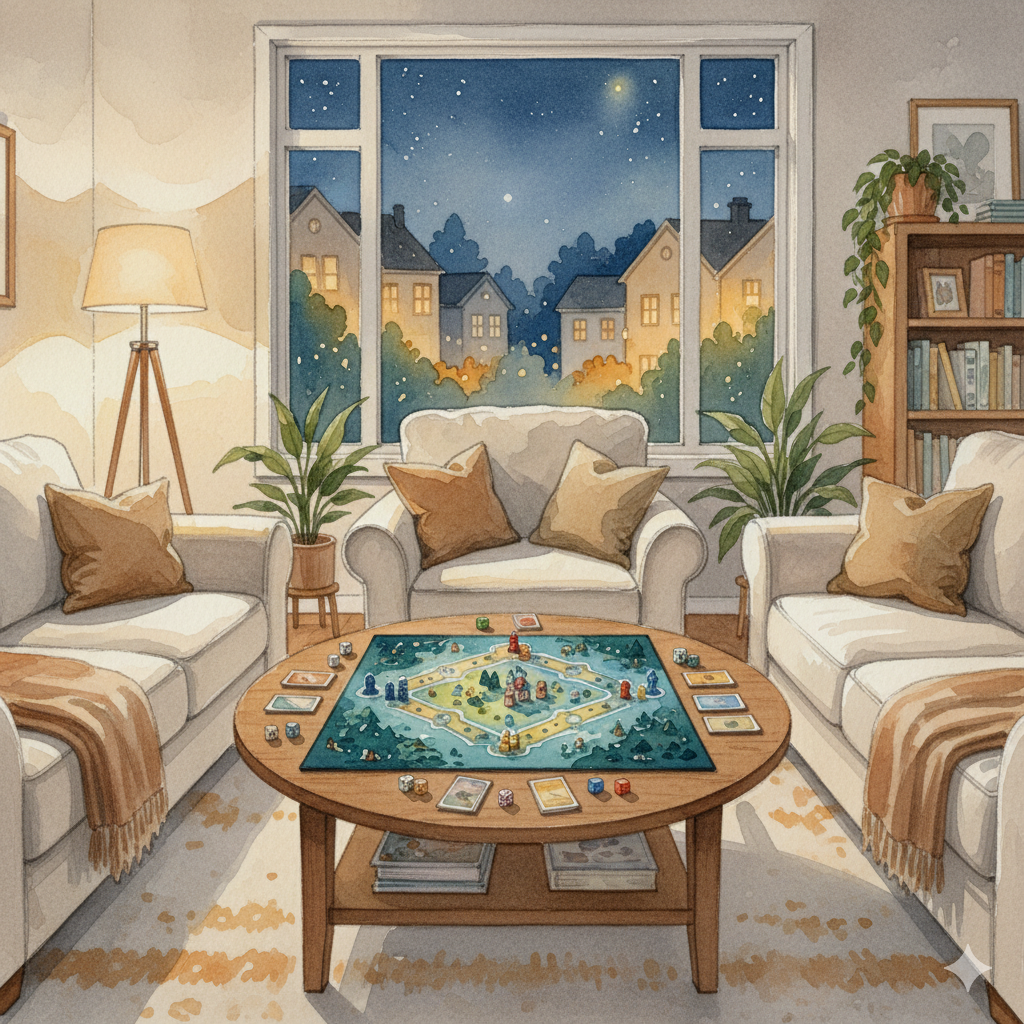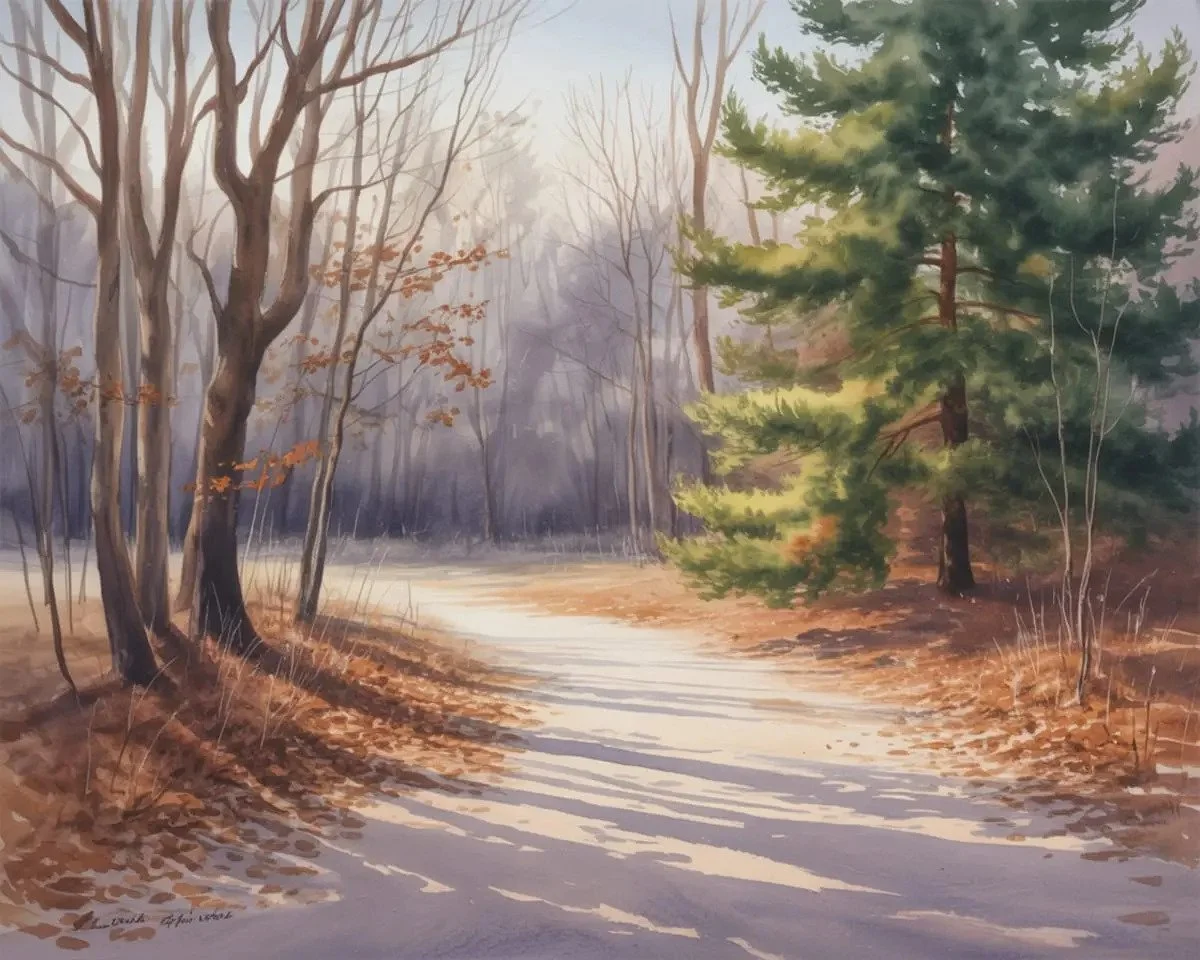How to Road Trip
We didn’t know where we were going.
What we did know was that we had set aside the time. That felt like enough. Not knowing the destination wasn’t a problem—it was, in a quiet way, the point.
A direct flight appeared in our search, from Lisbon to Vienna, Austria. That seemed as good a place to begin as any. A few hours later, we went to the airport.
After landing, we walked across the airport to the car rental counter, picked up the keys, started the engine, and drove.
Not knowing what lay ahead was, at first, disorienting. But as the kilometers passed, it slowly became calming. There was no list of places to see. No pressure to arrive. Just a road, and time, and us.
It was on the highway somewhere in Austria that we noticed it first. During a stretch of traffic, cars ahead of us began to move—not forward, but sideways. The ones in the left lane edged further to the left. Those on the right veered gently toward the shoulder. A corridor began to appear in the middle, empty but deliberate.
It happened again. And then again. Only on the third occasion a few days later did we begin to understand—this was no coincidence. It was a quiet agreement between drivers, built into muscle memory. A space formed intuitively, in anticipation of an emergency vehicle that hadn’t yet arrived. An unspoken collective act of care.
Which is perhaps what made it striking. We hadn’t read about it. It wasn’t in the guidebook. It only became visible by being there, and by paying attention.
That kept happening.
In Slovenia, we stayed at places that weren’t written about, where menus rarely included English and smiles carried most conversations. There were no gift shops or walking tours. But there was an intensity to the hospitality that caught us by surprise—people willing to help, not because they were told to, but because it felt natural.
Everything worked. Parking machines. Public washrooms. Even fountains. Nothing extravagant. Just quietly functional. And when something didn’t work—like the air conditioning in our room—the response we received revealed a different layer of the place.
“The system says it works,” the receptionist insisted. First once, then again. Offers to change rooms were made, and then reversed, based on the unwavering truth of the system's assertion.
When a technician came the following day, he explained the design of the system in exacting detail—how it was intended for perfect conditions, how something small must have failed, how that failure rendered the whole thing helpless. It made me smile.
Somewhere between the unyielding structure of Austria and the soft adaptability of Slovenia, I started to see just how much culture hides in the spaces between events. Not in the postcards or plates of food or museum exhibits, but in everyday assumptions. In what people notice. In what they don’t. In how they respond when a system breaks.
There’s a difference, I've come to learn, between visiting a place and being somewhere.
Travel often encourages the former—moving quickly, collecting sights, capturing proof. But this trip felt like the latter. We didn’t plan our route. We avoided highways. We stopped for any town that looked interesting, walked around until something pulled us in, and stayed longer than we thought we would. The best stops weren’t on any map.
Each day, I limited myself to one hour online, usually in the morning. No email. No stock market. No messages. No social media. But what changed wasn’t how I used my time, it was how my attention softened. Details I normally miss began to land. The color of trees. The tilt of a road sign. The way light falls differently through a mountain valley.
At a small gym, I used equipment I hadn’t seen before. Nothing complicated, just different. I found myself using machines in unfamiliar ways, pulled out of my usual routines. It struck me how habitual even my workouts at my home gym had become. Without realizing it, I was repeating the same motions, day after day. Something about being somewhere new disrupted the cycle. Forced me to pay attention again.
In cities I know well—Lisbon, New York—it can be hard to tell what belongs. What’s made for locals versus what’s made to appear local for someone like me. But in Slovenia, that question didn’t arise. Small towns seemed uninterested in performing for visitors. Things were not what they were designed to seem. They were just… what they were.
Without knowing if we’d continue driving or stay another day, we followed something that had less to do with logic and more to do with feeling. A kind of improvisation. It made things lighter. There was comfort in not knowing what was next.
There’s a spaciousness that comes with the unknown. It doesn’t always feel good. At first, it can feel like floating—but over time, it can begin to feel like freedom. What does it mean to move through a place with no aim, no target, no arrival point? What shows up when there’s nothing to chase?
Perhaps it wasn’t really a road trip at all—it was a permission slip. To pause. To notice. To lean into surprise. To be somewhere, without needing to prove that I had been.
Maybe this is what it means to road trip. Not to get from point A to point B. But to move with presence, to dwell in curiosity, and to allow the road to shape the direction, not just the destination.
I left with no plan. I returned with no souvenirs. But the world felt different. Somehow clearer—not because it had changed, but because I had started to look again.
And that is how I learned to road trip.





